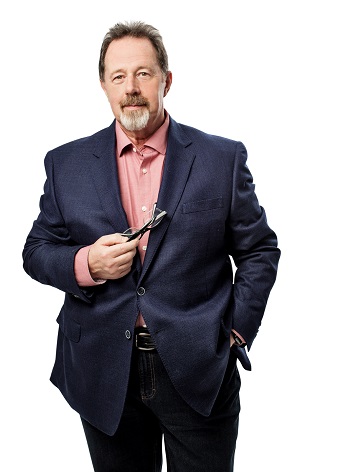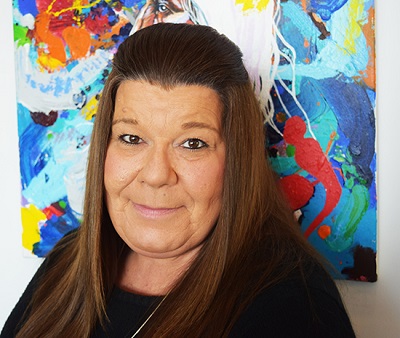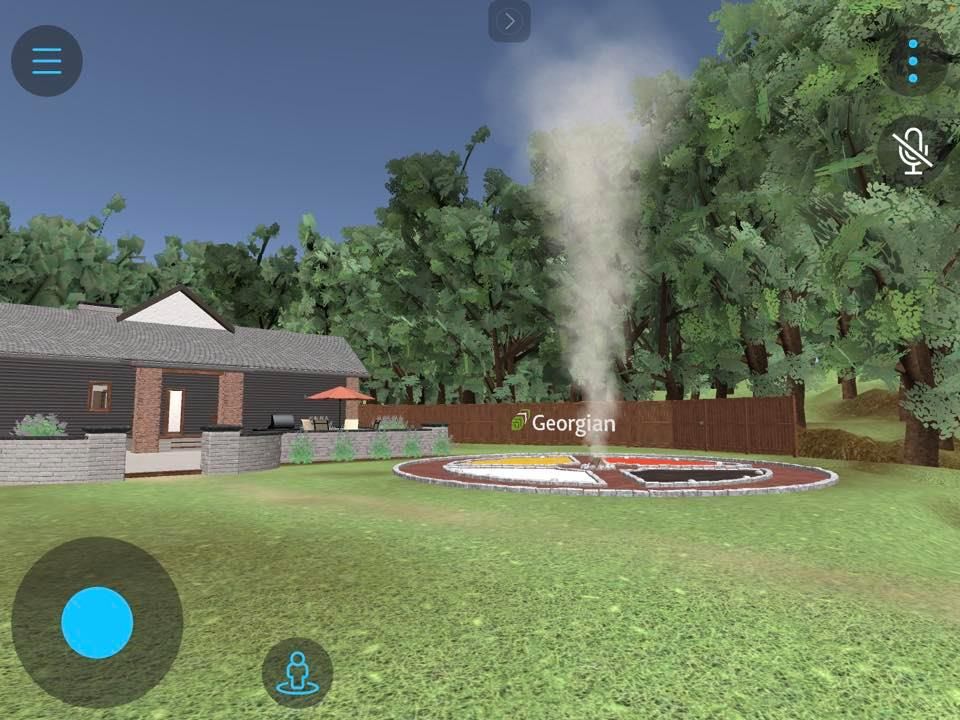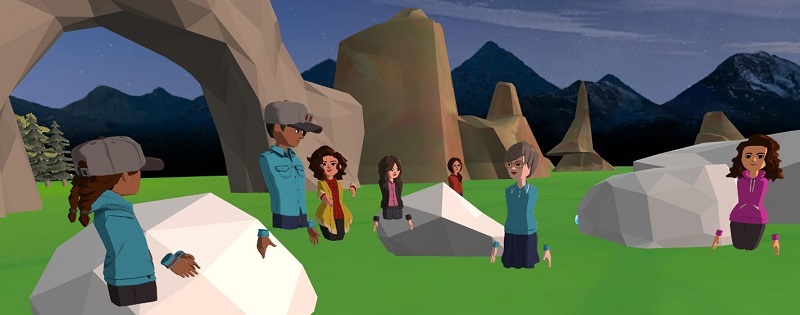VR technology is changing the learning landscape at Georgian
May 17, 2021
From removing and examining bones from human bodies, to resuscitating sick babies, to dissecting animals, Georgian College is pushing the limits on its commitment to hands-on experiential student learning through virtual reality (VR) technology.
Rob Theriault is the driving force behind the emergence of VR on campus. Three years ago, Rob, then a professor in the Paramedic program, introduced VR to his students. He believed in the technology so much that he pitched the senior management team: why not introduce this compelling technology-enabled learning to different programs? The team was impressed, and Rob took over the newly created position of Immersive Technology Lead.
Interestingly, Rob pointed out, all this took place well before the pandemic hit. Georgian’s embrace of the possibilities that VR technology could provide for its students wasn’t a reaction to COVID-19. It was part of the college’s clear vision to continuously enhance student learning now and into the future. That foresight became especially valuable when the pandemic forced educators to reinvent the way they teach.

From the start, Rob explored VR’s potential from a learning perspective. He looked for applications that might be appropriate for Georgian’s different programs. He then approached faculty to see if they were interested in trying it out.
12 VR pilots
Georgian currently has 12 pilots in various stages of development in Architectural Technology, Advanced Care Paramedic, Biotechnology – Health, Event Management, Indigenous Studies, Tourism and Nursing programs, including actual VR Labs in Midland for trades-related programs, Orangeville for Nursing, and Owen Sound for Power Engineering.
The inspiration for one of the early pilots came from a session Rob attended on English as a second language. People were learning to order food inside a virtual coffee shop. He knew this approach would be a perfect fit for Georgian’s Indigenous language program.
Michele O’Brien, Program Coordinator for all Indigenous programming, was quick to see the potential benefits.
Our Anishnaabemowin language is in danger of being lost. We’re constantly thinking of new ways to entice young people to learn the language and since they’re into computers and gaming, this seemed like a great opportunity.
Michele O’Brien

The first module of language lessons in the program is based around the home. Using AltspaceVR, Rob built a house and furnished it and put information buttons on all the items in the house. Faculty member Angeline King and Elder Ernestine Baldwin translated a word list for everything so that when a student clicks on the button, the Anishnaabemowin word pops up.

“The students loved it,” says Michele. “They were like, oh, this is so cool. Inside that world students were standing together, having conversations, and the ones who had headsets were playing basketball.”
The initial trial went so well, the department made the decision to purchase headsets for all students the following semester and delivered them to each student.
I definitely think the format has enhanced my learning. I personally struggle with developing personal relationships online, but within VR I’ve gotten to know my classmates better and interact more freely with them through the language. After COVID-19 I can’t wait to get back to the classroom but keeping VR would add so much to the program. I believe it should be part of the curriculum.
Maryam Ismail, student
The program has proven so successful that Jonathon Richter, CEO/President of the Immersive Learning Research Network (iLRN), has invited Michele and Angeline, along with other Indigenous groups, to attend a panel during the iLRN World Conference 2021 for a session on the iLRN House of Language, Culture, and Heritage – Teaching Native Language and Culture Using XR.
What’s more, Georgian is making the virtual reality assets they’re building for language learning open source so that they’re available to other Indigenous programs across Canada and around the world.

The Biotechnology – Health program recently launched its own pilot. With their headsets using something called a 3D Organon app, students are in a life science lab with their teacher. They’ve got a life-sized anatomical model where they can explore the different organ systems right down to a microscopic level.
They can pick up bones, examine the ends and identify the different components. They can look at the musculoskeletal system and pull muscles off to look more closely at the shape and insertion points.
Though it’s still early in the pilot, program advisor Sean Madorin has received great feedback from some of the students. They liked the hands-on learning approach and the benefit of being able to explore models in three dimensions.
Emerging VR leader
Thanks to Rob Theriault’s fascination with VR and Georgian’s forward-thinking pledge to create the best learning environment for their students, the college has emerged as a leader in VR learning.
With every school, every company I’ve talked to around the globe, their jaws just drop to the floor when they hear how much Georgian is doing to advance VR as part of college curriculum.
Rob Theriault
As technologies continue to improve and more faculty members embrace the potential of VR learning, you can bet Georgian will be at the forefront of this ever-expanding technology.
More on VR at Georgian
Rob and Jamie Doran, Executive Director, Research, Innovation and Entrepreneurship, recently shared how Georgian is using iVR to enhance student learning at a conference hosted by Colleges and Institutes Canada.
Pre-pandemic, Architectural Technology and Technician students demonstrated how they design homes using Autodesk Revit and explore the spaces they design using VR technology.